It’s spring in Central Ontario, which means the dandelions have finished blooming with a flurry.
Seed heads are now blowing those fluffy seeds around. I’ve seen a lot of social media posts about dandelions, some that hate dandelions and some that support them.
Some regard dandelions as invaders that must be eradicated. Some people take great efforts to get rid of dandelions in the lawn and petition their local council to get rid of them on public lands.
Other people who are pro-pollinators mention that dandelions can be a bee’s first food in the spring. I think there is great context needed in this debate.
First, it is thought that dandelions were brought to North America from European settlers. Yes, that’s right, humans found great value in dandelions as food and medicine. We all have heard of eating dandelion greens and making dandelion wine. This also extends to the wildlife; it is well known that rabbits, deer, groundhog, birds and even bears feast on dandelions. So that’s a point for wildlife.
Dandelions seem to grow well and have life strategies that make them highly successful. They can be found in soils that are highly modified and maintained…aka lawns. Until the soil fertility is improved, and other plants hold the space, dandelions will continue doing their thing.
Many insects also take advantage of the blooms in early spring.
While setting up our roadside monitoring plots for this year, the dandelions were full of pollinators feasting on the yellow blooms. These plots do not have any other flowering plants at this time of year.
There are spring wildflowers blooming in the forest, like trilliums and Spring Beauties, but these are too sensitive to grow on roadsides.
Dandelions can provide early food for pollinators, but let’s not forget the other more important big source for pollinators in the spring, trees and shrubs!
Maples, poplars, elms, willows, cherry trees all bloom and provide abundant pollen and nectar in abundance. Not all of these species may be compatible on roadsides and under hydro lines. However, these species are all plants you can plant in your home garden, or in a municipal garden if you want to help the pollinators in the spring. Other early native plants in your garden can also help.
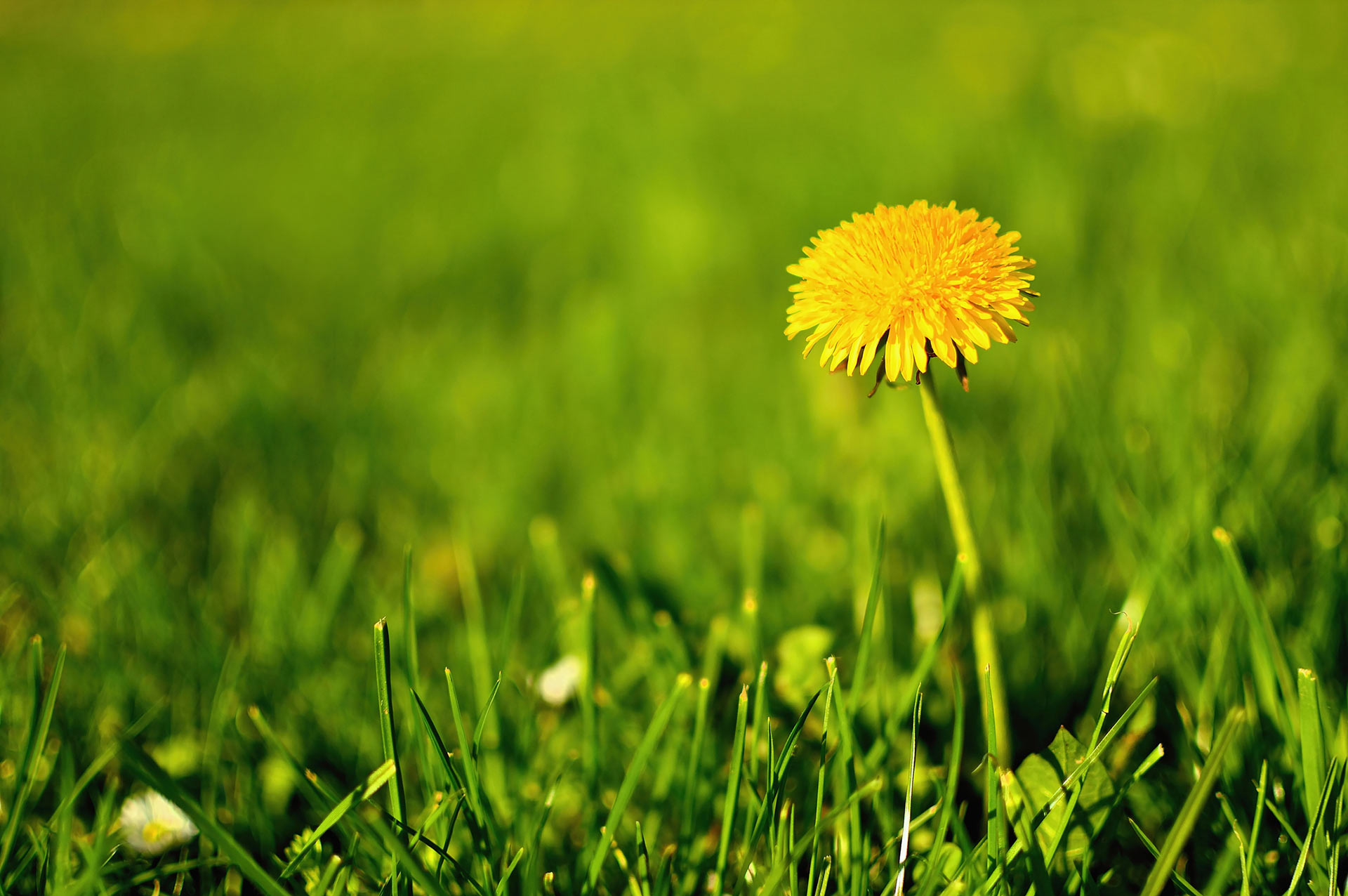 Some native flower advocates say we shouldn’t promote dandelions as early spring food because they are actually not very nutritious for pollinators. The dandelion pollen is known to be low in essential amino acids. This may be true, but in certain landscapes, I suspect the dandelion flowers could be the only early source. I think of highly urbanized places like cities, where this could be the only pollen in these locations. Dandelions could fill the gap. I also don’t want people to get the message they should eradicate dandelions with herbicides, as this can lead to negative effects on pollinators and other plants. Herbicides should be used carefully, we do use them on our restoration projects as a tool to give the native plants an advantage.
Some native flower advocates say we shouldn’t promote dandelions as early spring food because they are actually not very nutritious for pollinators. The dandelion pollen is known to be low in essential amino acids. This may be true, but in certain landscapes, I suspect the dandelion flowers could be the only early source. I think of highly urbanized places like cities, where this could be the only pollen in these locations. Dandelions could fill the gap. I also don’t want people to get the message they should eradicate dandelions with herbicides, as this can lead to negative effects on pollinators and other plants. Herbicides should be used carefully, we do use them on our restoration projects as a tool to give the native plants an advantage.
So, in summary, perhaps the dandelion pollen is not the best, but it may fill a gap and add variety to the shrub and tree pollen availability. The dandelions are here to stay, so let’s learn to live with them and not spray them. Focus on what native plants you can plant in your gardens and local communities. Ask your council how they are supporting pollinators in your municipality.

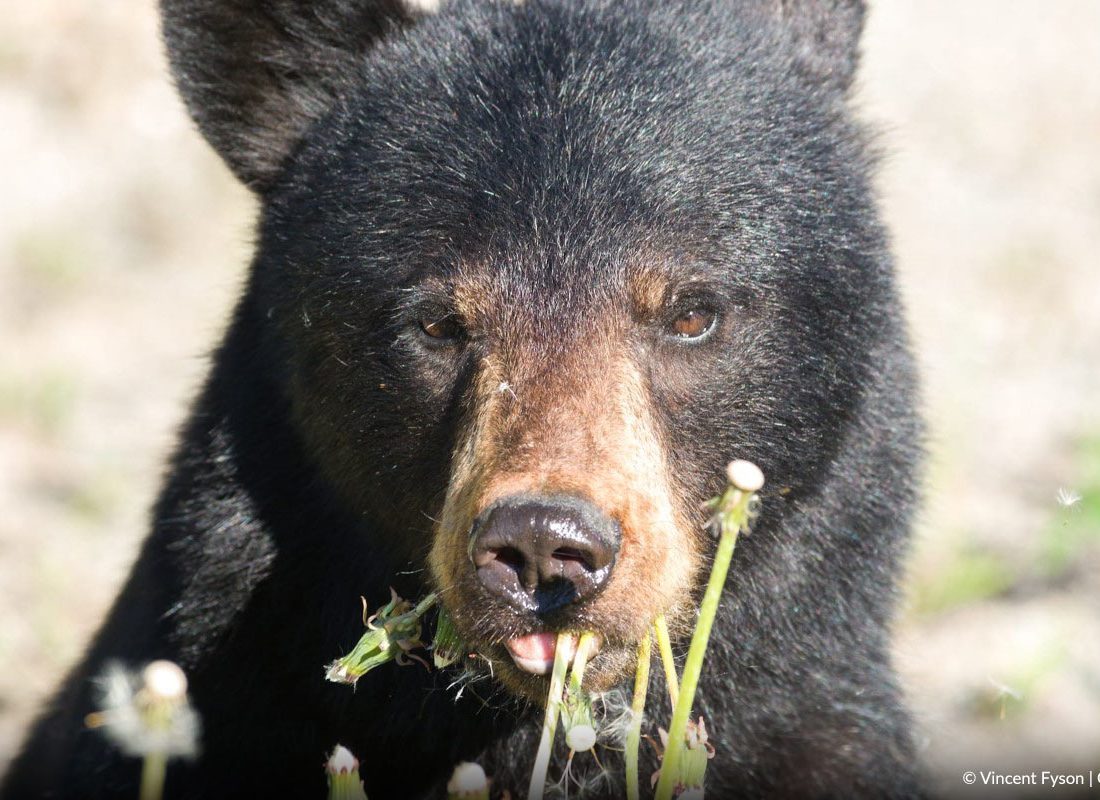
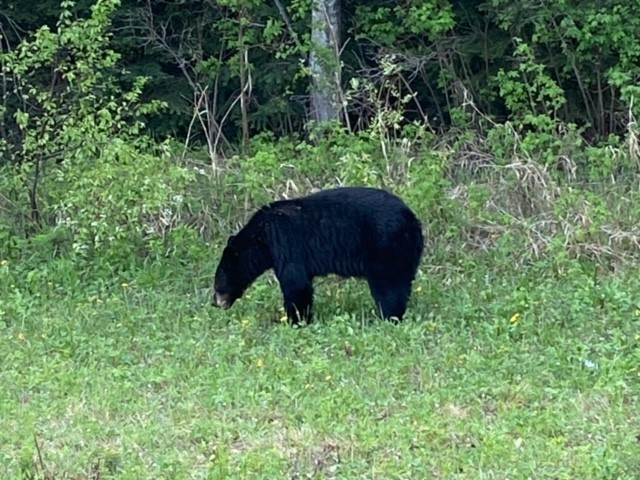
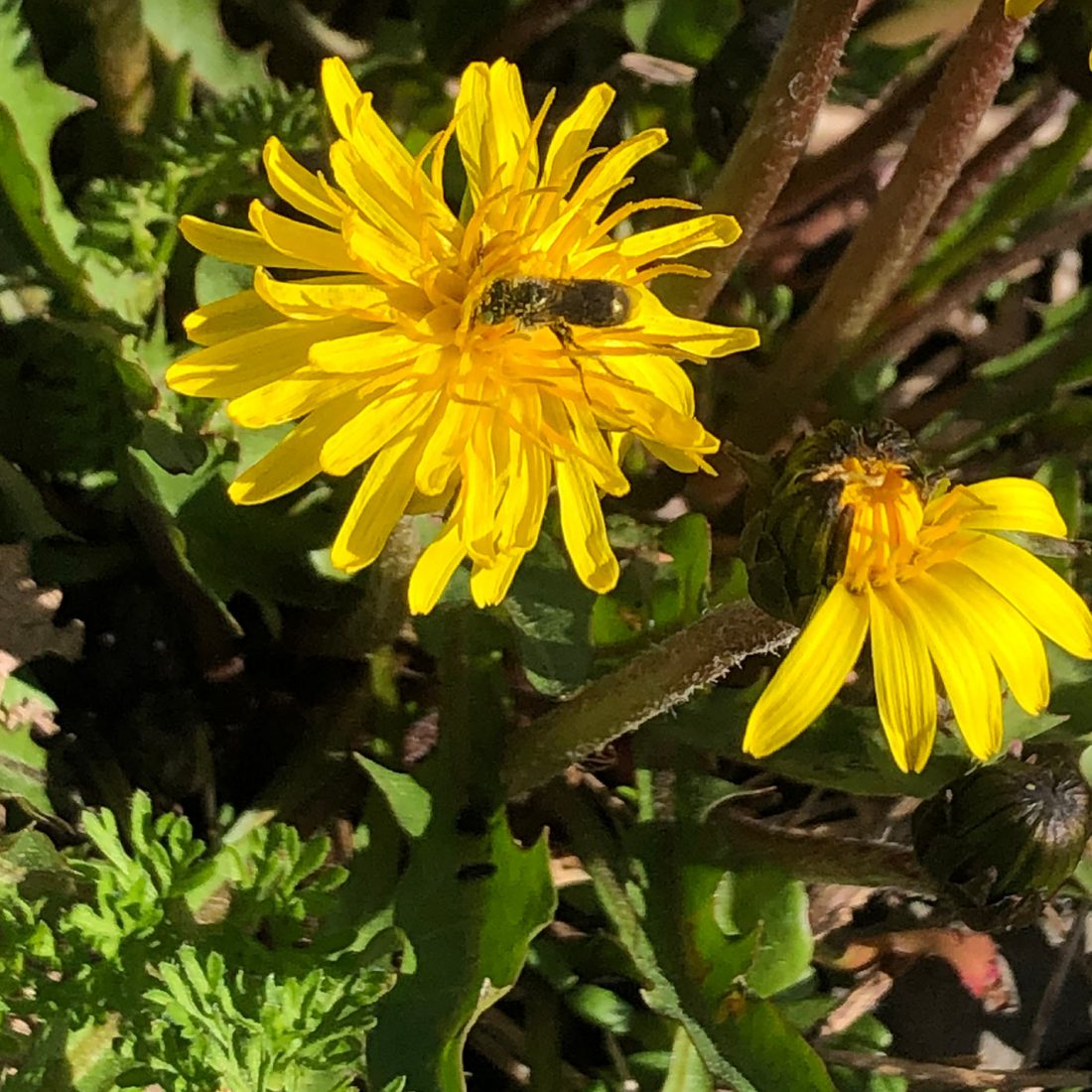
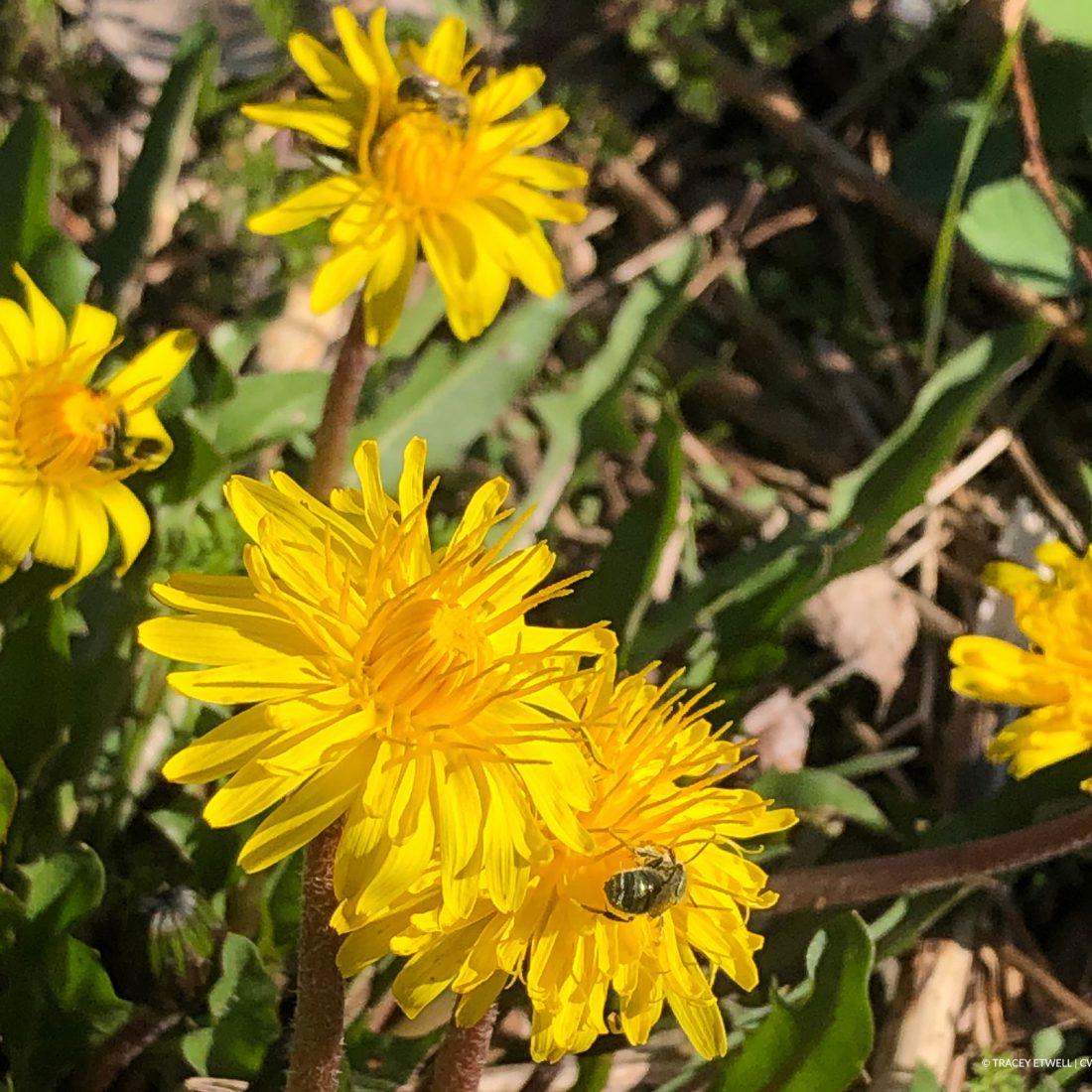
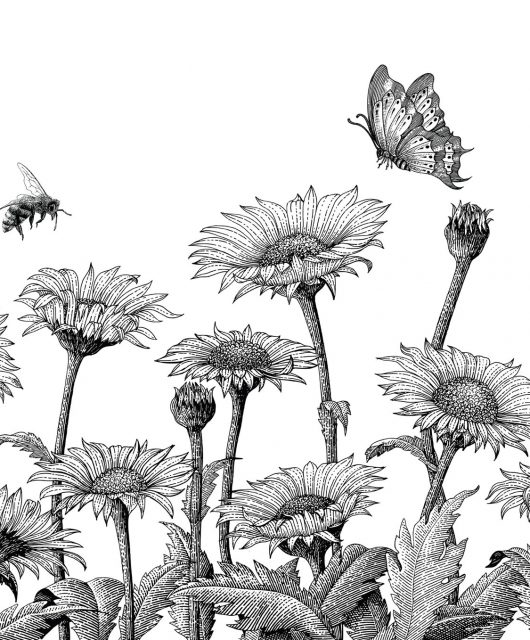

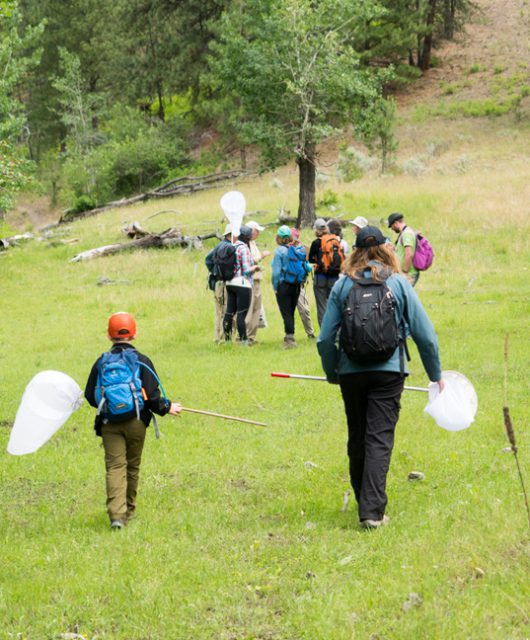
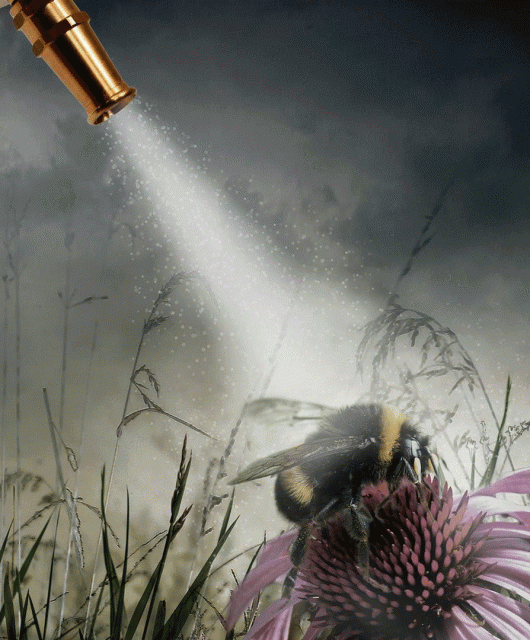

2 comments
Hi Tracey,
Enjoyed your article on dandelions. I’ve always loved dandelions. From making hair wreaths as a 5/6 yr old to eating salads enhanced with young dandelion leaves and drinking dandelion tea with mom, they’ve mostly been a pleasure in my life.
After 30 years of having no yard the sadly maligned dandelion has come back into my life with a vengeance! Now living in a home with a good sized yard, I began eliminating the lawn, in preference to food producing native plants and trees, in the process volunteer dandelions popped up. I was pleased but have been digging them out from my front yard to keep my neighbours from complaining.
Reading your article has made me feel much better about allowing a small number to inhabit the back where a 6ft fence hides there pretty yellow flowers and gives me fresh salad in spring when there’s little else growing yet. (I do pick off the heads before they seed.) and even plunk a few in a vase indoors for my pleasure.